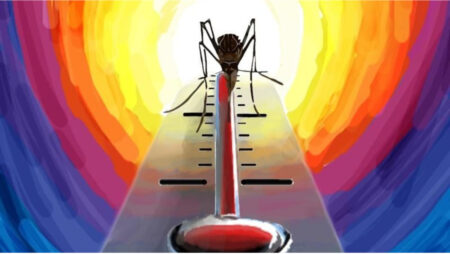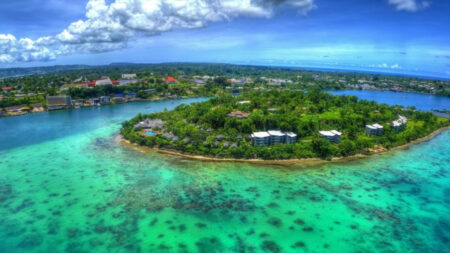The Pacific Northwest in the United States and British Columbia in Canada are hit by massive rainstorms and continue to get hammered by the extensive flooding and damage. An incredibly vast amount of rainfall was experienced in the region on November 14, and climate change worsens the impact of atmospheric rivers.
The severity is such that Vancouver was cut off from the rest of Canada due to excessive disruption created by the torrential rainstorms. As a result of the storm, months of rainfall has been dropped all at once, causing incredible vandalization of Columbia’s infrastructure.
All about atmospheric river patterns
The mayhem is caused by the atmospheric rivers (AR), which are narrow regions in the atmosphere, somewhat relatively longer, like the rivers in the sky, responsible for transporting water vapour outside the tropics.
Atmospheric rivers are a flowing column of condensed water vapour in the atmosphere that produces significant levels of rain and snow, especially in the Western United States. When these ARs move inland and sweep over the mountains, the water vapour rises and cools to create heavy precipitation.
AR is a primary feature in the entire global water cycle and is tied closely to the water supply and risk of floods, particularly in the western U.S. On average, about 30% – 50% of the annual precipitation on the West Coast occurs in just a few AR events and contributes to water supply and flooding risks.
There are various levels or degrees of AR which affect how solid and intense impact would it have. The weaker AR may not have a significant effect other than being beneficial systems to provide enough precipitation.
Those of the larger and more powerful ones may create extreme rainfall and floods capable of disrupting travel, including mudslides and causing catastrophic damage to life and property.
The strongest winds might also stall over the watersheds vulnerable to flooding, resulting in fatal accidents caused due to excessive landslides, which occur due to snowmelt and water run-off.
A vital Atmospheric River transports an amount of water vapour roughly equivalent to 7.5 to 15 times the average flow of water (nearly 600,000 cubic feet per second, according to the National Park Service) at the mouth of the Mississippi River. AR move with the weather and are present somewhere on Earth at any given time, and they are approximately 250 – 375 miles wide on average.
What’s happening? – The Impact
While this latest atmospheric river hitting the Pacific Northwest has been persistent and robust, the National Oceanic and Atmospheric Administration say most are weak systems that often provide beneficial precipitation crucial to the water supply.
Atmospheric rivers are a vital feature in the global water cycle and are closely tied to water supply and flood risks, particularly of the western United States.
The rail services of the port of Vancouver have been disrupted due to flooding, and sections of several major highways of British Columbia remain shut due to high water.
Sections of interstate five and U.S. Highway 101, just over the border of northern Washington, have been periodically closed due to landslides and the occurrence of high waters. Bellingham received daily record rain on three days during the Thanksgiving weekend, ranging from 1.17 to 1.63 inches.
The town of Sumas has also been halfway underwater at times. Seattle received enough rain to make its fifth wettest November on record last month with 10.14 inches on Monday, November 29. The latest storm system to hit the region immediately triggered evacuation orders by the authorities.
On the same day, flood sirens sounded in Washington as the Nooksack River overflowed. Henry Braun, mayor of Abbotsford, British Columbia, told the reporters that the water flow was headed toward the Canadian border city later Sunday. “There’s nothing to stop it,” he said.
Historic levels of precipitation over British Columbia, Canada and Western Washington state are a cause of worry for the meteorologists. According to the experts, this pattern of atmospheric rivers can be either a blessing or a curse.
However, in the present case of over-flooding and havoc, the situation proves to be a curse for people and the country. The impact on property and public life are vast.
NOAA predicted the weather to be wetter-than-average conditions in the Pacific Northwest over the December-through-January period in late October. If this happens, recovery from potential winter floods could take months or upward of a year.
In the short term, more rain on Tuesday, November 30 and Wednesday, December 1 could make flooding issues worse before the atmospheric river over the region fades for a few days. However, it could return this weekend or early next week.












